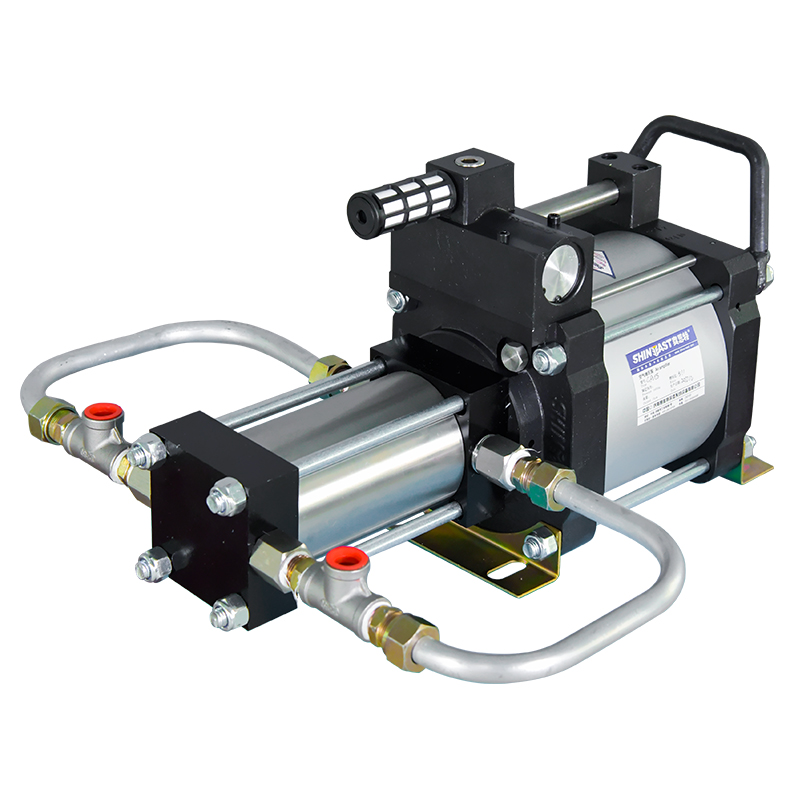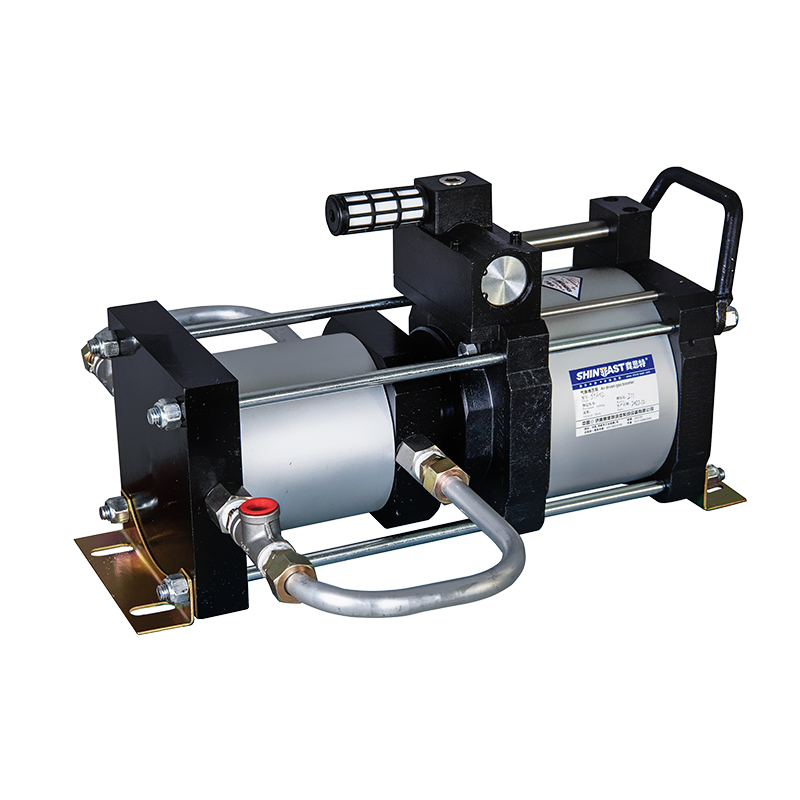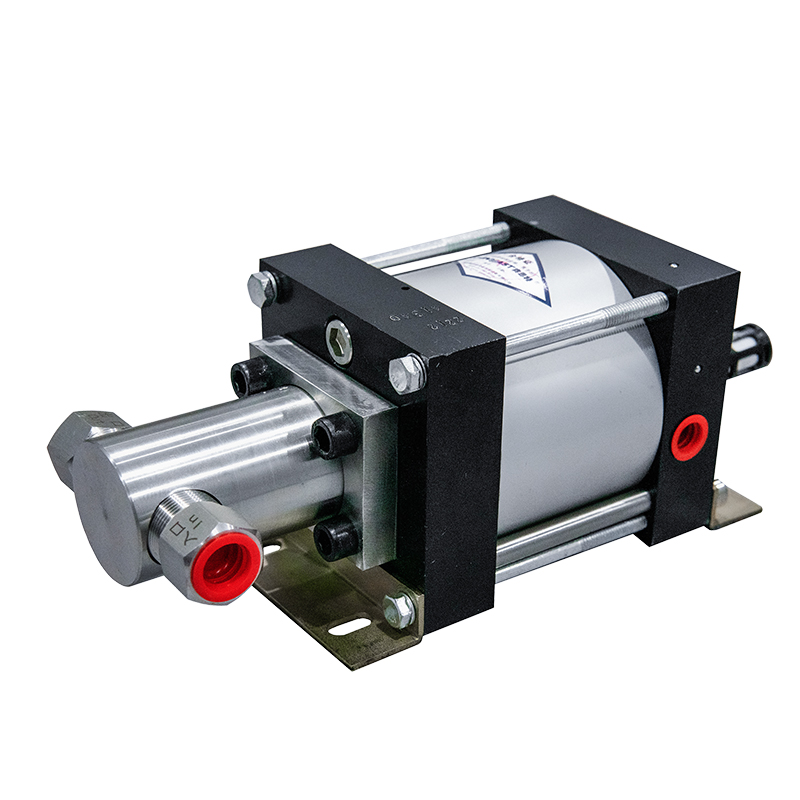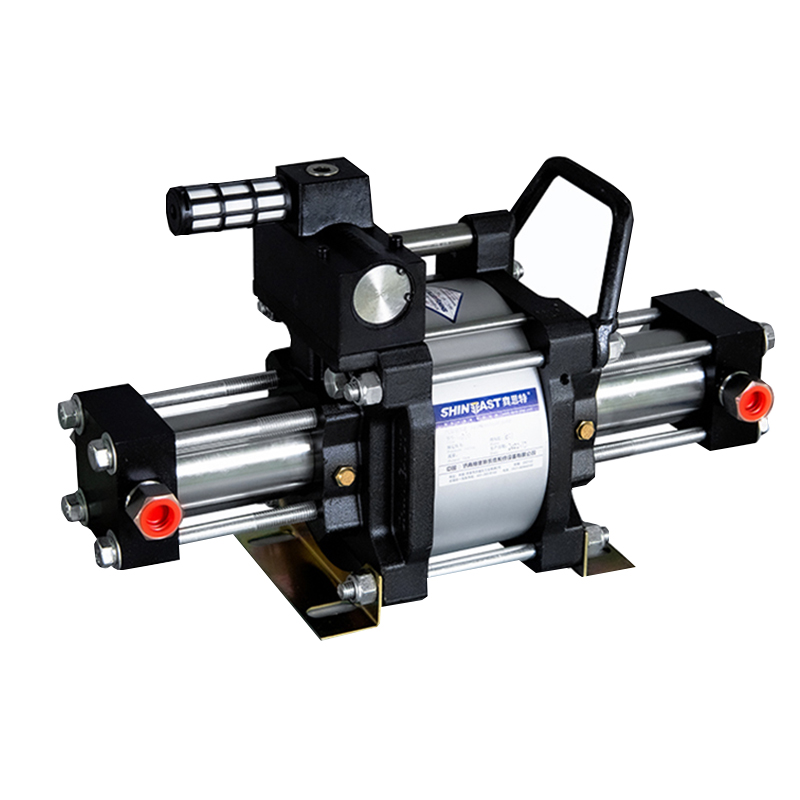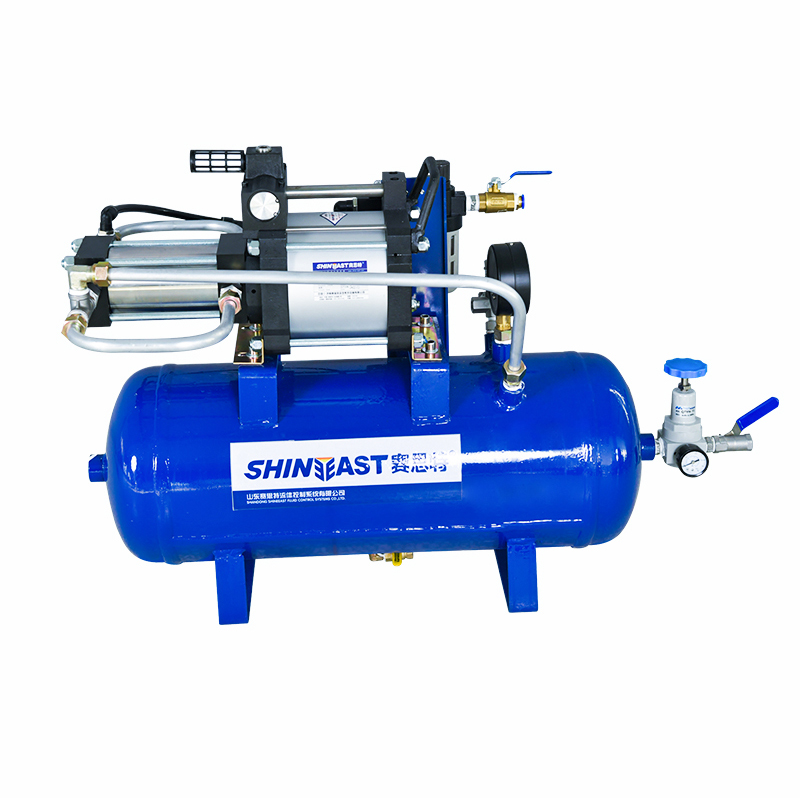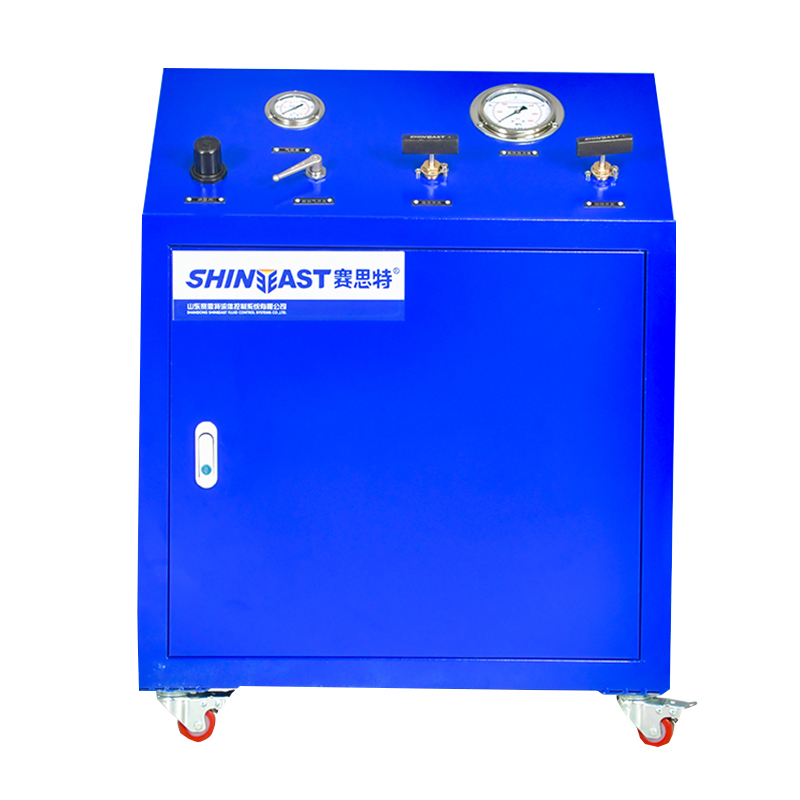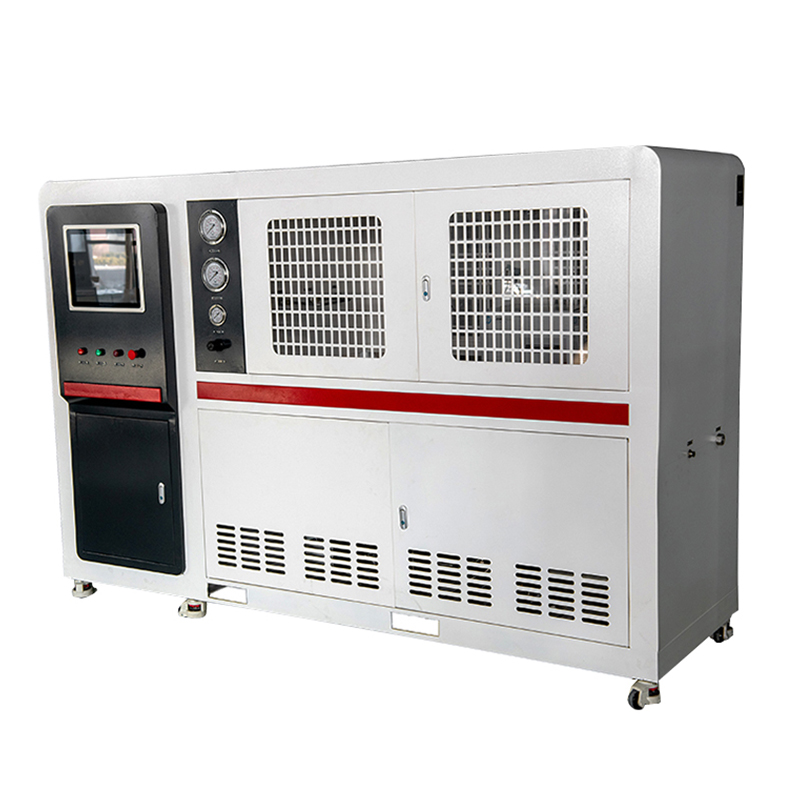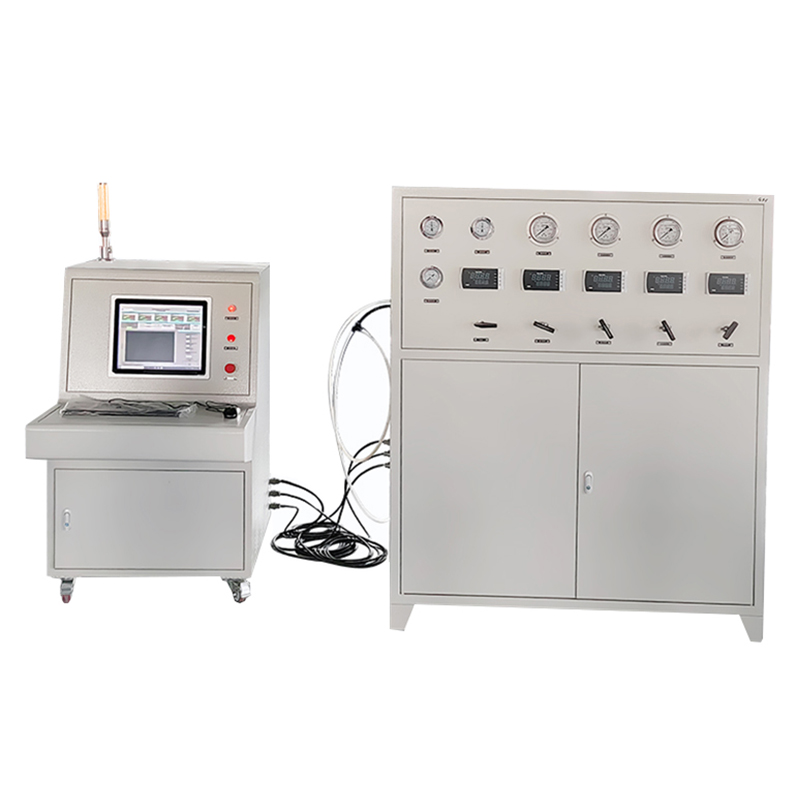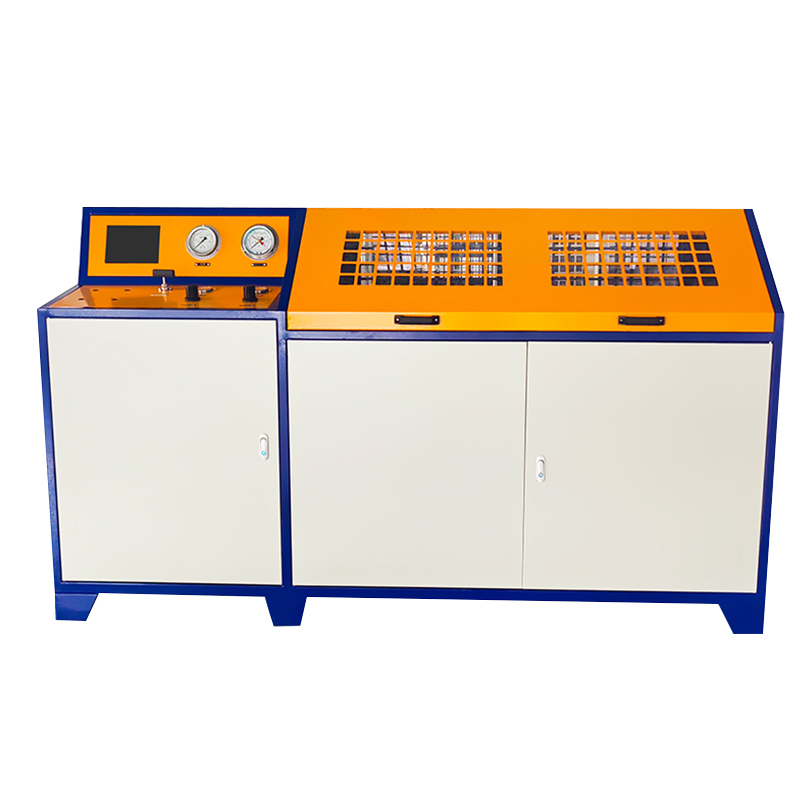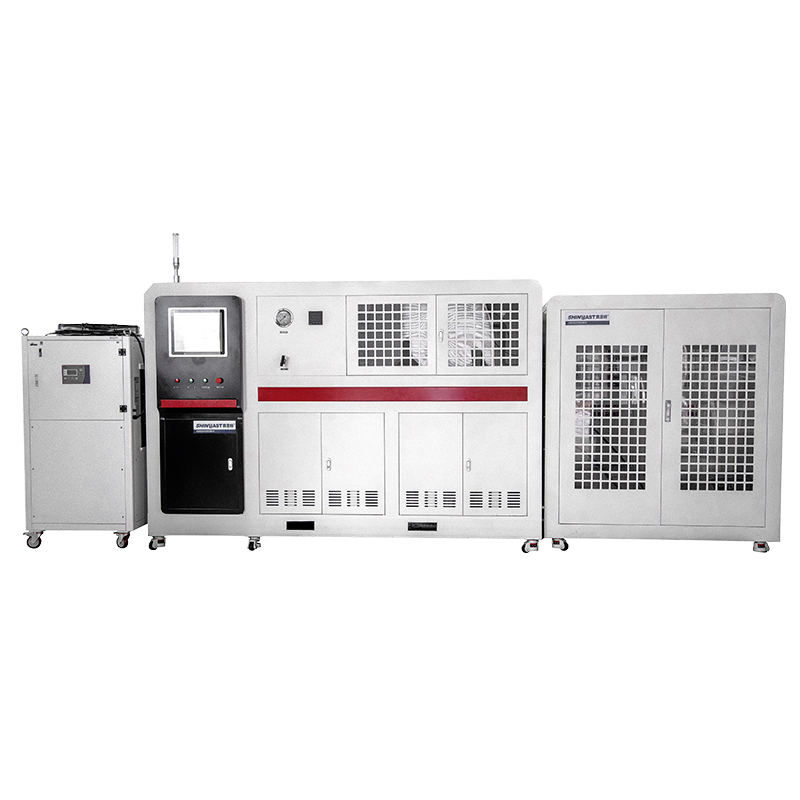The content of offline verification of safety valves
Offline calibration of safety valves is a method used to test and verify the performance of safety valves. As an important mechanical equipment, safety valves play a protective role in pressure equipment. When the system pressure exceeds the set value, the safety valve will automatically open to release the pressure to prevent equipment failure or accidents caused by overpressure. It is necessary to regularly calibrate the safety valve to ensure its accuracy and reliability.
Offline verification refers to removing the safety valve from the equipment and testing it on an independent verification platform, rather than conducting online testing during equipment operation. The main purpose of offline verification is to detect the set pressure, opening pressure, closing pressure, and sealing performance of the safety valve. Through this test, the accuracy of the safety valve in practical use can be ensured, avoiding potential accidents caused by safety valve failure.
Offline verification is typically used for performance checks before planned maintenance, regular upkeep, or installation of new equipment, and is a critical step in ensuring the safe operation of the equipment. The offline verification of safety valves is carried out in an offline state, which does not affect the operation of the system and does not create additional safety hazards. By using professional calibration equipment, the performance parameters of safety valves can be measured more accurately. If any performance deviation is found in the safety valve, it can be repaired or calibrated in a timely manner.
The safety valve offline calibration platform can be used for calibrating safety valves of various pressure levels. Some offline verification stations are also equipped with computer control systems that can automatically record test data and analyze test results. Capable of accurately measuring the opening and closing pressure of safety valves to ensure accurate calibration results. The offline verification station can also be designed as a mobile device for easy use in different locations. The verification table is equipped with safety protection devices to ensure safe operation under high voltage conditions. This type of equipment is widely used for the calibration of safety valves in pressure vessels and pipeline systems in industries such as petroleum, chemical, power, and pharmaceuticals, to ensure the safe operation of the equipment.
The main steps for using the safety valve offline calibration platform are as follows:
Dismantling the safety valve: Carefully remove the safety valve from the work equipment to ensure that the valve body or internal components are not damaged during the dismantling process.
Appearance inspection: Conduct a preliminary inspection of the appearance of the safety valve, including key components such as the sealing surface, valve seat, and spring, to check for corrosion, wear, blockage, and other issues.
Pressure test: Install the safety valve on the offline calibration bench and conduct the following main tests:
Set pressure test: Test whether the safety valve opens correctly at a specific pressure.
Open pressure test: Check whether the safety valve can open on time under the set working pressure to ensure its accurate response.
Seat back pressure test: Test whether the safety valve can be closed in a timely manner after the pressure drops and ensure sealing.
Sealing test: Confirm that there is no leakage after the valve is closed, especially for high-pressure safety valves that need to ensure good sealing performance.
Adjustment and repair: If the test results show that the opening pressure, closing pressure, or sealing performance of the safety valve is not qualified, the spring tension can be adjusted or the seal can be replaced as needed for repair.
Data recording and analysis: Record the data of each verification, including set pressure, opening pressure, reseating pressure, etc. If necessary, issue a verification certificate.
Reinstall and debug: After passing the verification, reinstall the safety valve back into the equipment and debug it to ensure its normal operation.
Offline verification refers to removing the safety valve from the equipment and testing it on an independent verification platform, rather than conducting online testing during equipment operation. The main purpose of offline verification is to detect the set pressure, opening pressure, closing pressure, and sealing performance of the safety valve. Through this test, the accuracy of the safety valve in practical use can be ensured, avoiding potential accidents caused by safety valve failure.
Offline verification is typically used for performance checks before planned maintenance, regular upkeep, or installation of new equipment, and is a critical step in ensuring the safe operation of the equipment. The offline verification of safety valves is carried out in an offline state, which does not affect the operation of the system and does not create additional safety hazards. By using professional calibration equipment, the performance parameters of safety valves can be measured more accurately. If any performance deviation is found in the safety valve, it can be repaired or calibrated in a timely manner.
The safety valve offline calibration platform can be used for calibrating safety valves of various pressure levels. Some offline verification stations are also equipped with computer control systems that can automatically record test data and analyze test results. Capable of accurately measuring the opening and closing pressure of safety valves to ensure accurate calibration results. The offline verification station can also be designed as a mobile device for easy use in different locations. The verification table is equipped with safety protection devices to ensure safe operation under high voltage conditions. This type of equipment is widely used for the calibration of safety valves in pressure vessels and pipeline systems in industries such as petroleum, chemical, power, and pharmaceuticals, to ensure the safe operation of the equipment.
The main steps for using the safety valve offline calibration platform are as follows:
Dismantling the safety valve: Carefully remove the safety valve from the work equipment to ensure that the valve body or internal components are not damaged during the dismantling process.
Appearance inspection: Conduct a preliminary inspection of the appearance of the safety valve, including key components such as the sealing surface, valve seat, and spring, to check for corrosion, wear, blockage, and other issues.
Pressure test: Install the safety valve on the offline calibration bench and conduct the following main tests:
Set pressure test: Test whether the safety valve opens correctly at a specific pressure.
Open pressure test: Check whether the safety valve can open on time under the set working pressure to ensure its accurate response.
Seat back pressure test: Test whether the safety valve can be closed in a timely manner after the pressure drops and ensure sealing.
Sealing test: Confirm that there is no leakage after the valve is closed, especially for high-pressure safety valves that need to ensure good sealing performance.
Adjustment and repair: If the test results show that the opening pressure, closing pressure, or sealing performance of the safety valve is not qualified, the spring tension can be adjusted or the seal can be replaced as needed for repair.
Data recording and analysis: Record the data of each verification, including set pressure, opening pressure, reseating pressure, etc. If necessary, issue a verification certificate.
Reinstall and debug: After passing the verification, reinstall the safety valve back into the equipment and debug it to ensure its normal operation.
previous page:Main functions of the breathing valve test bench
CONTACT US
Please use the form below to get in touch.
If you need a reply we will get in touch as soon as possible.

